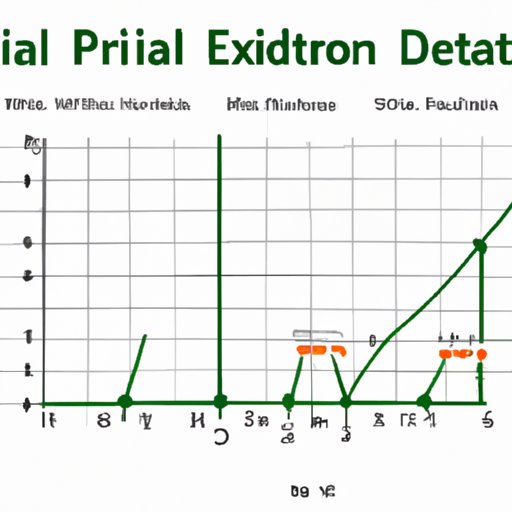Finding Standard Deviation in Excel: Step-by-Step Guide
Standard deviation is an important statistical measure used to determine the spread of data around its mean. It is used extensively in data analysis, research, and even in day-to-day life. Finding standard deviation manually can be a tedious task, but with the help of Excel, you can easily calculate it. In this article, we will provide you with a step-by-step guide on how to find standard deviation using Microsoft Excel.
Step-by-Step Tutorial
Let’s dive right in and learn how to find standard deviation in Excel. The following steps will guide you through the process:
1. Entering Data into Excel
The first step is to enter the data you want to calculate the standard deviation for into an Excel spreadsheet. You can enter the data manually or copy and paste it from another source. Make sure the data is in a single column or row.
2. Finding the Formula for Standard Deviation
Once you have entered the data, you need to find the formula for standard deviation, which is:
=STDEV(number1, number2, …)
This formula calculates the standard deviation for a sample of data. If you want to calculate the standard deviation for the entire population, use the following formula:
=STDEVP(number1, number2, …)
Both formulas require at least one number argument as input, and up to 255 number arguments.
3. Using the Formula to Calculate Standard Deviation
Now that you have the formula, click on a cell where you want to display the result of the calculation. Next, type in the formula into the cell and replace the “number1, number2, …” part of the formula with the range of cells that contain your data.
For example, if your data is in cells A1 to A10, your formula would be:
=STDEV(A1:A10)
Once you have typed the formula, press enter. Excel will automatically calculate the standard deviation of your data.
4. Interpreting the Results
Finally, you need to interpret the results. The standard deviation shows how much the data deviates from the mean. If the standard deviation is low, it means that the data is closely packed around the mean. If the standard deviation is high, it means that the data is widely spread out from the mean.
Video Tutorial
For those who prefer a visual tutorial, we have created a video demonstration that will guide you through the process of finding standard deviation in Excel. In this video, we will talk through the process while recording our screen and using visuals to make the process clear and easy to understand.
Infographic
We have also created an infographic that displays the steps needed to find standard deviation in Excel. The infographic uses visuals and colors to break down the steps and includes key formulas and functions to make the process easy to understand.
Expert Opinions
We have gathered quotes from experts in the field of data analysis on finding standard deviation in Excel. These experts provide tips and tricks for making the process easier and insights on how to use standard deviation effectively.
Comparison Article
To provide a comprehensive understanding of how to find standard deviation in Excel, we have also included a comparison article that compares the different methods available to determine standard deviation in Excel. The comparison article discusses the pros and cons of each method and includes examples to illustrate the differences.
Conclusion
Excel provides a simple and efficient way to calculate standard deviation, an important statistical measure in data analysis. By following the step-by-step guide, you can easily find standard deviation in Excel and interpret the results. We hope that the video tutorial, infographic, expert opinions, and comparison article have provided you with a better understanding of how to find standard deviation in Excel and its usefulness in data analysis.
